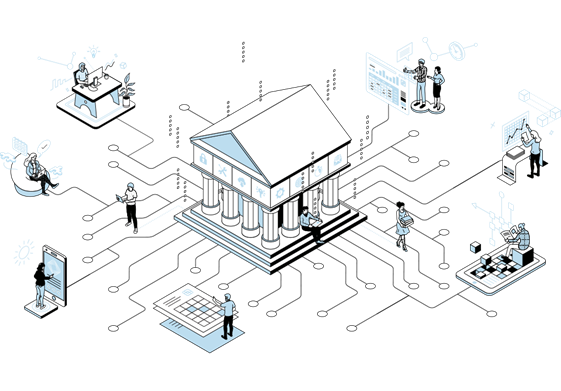AI is already reshaping FP&A – accelerating insights, automating routine work, and empowering teams to focus on what matters most. The organizations that prepare now will set the pace for the next era of performance and agility.
The Next Wave Series
This is the first in a series I’m callingThe Next Wave, where I’ll explore how AI is changing FP&A and corporate performance management more broadly.
The goal: move past hype and into practical, grounded steps finance leaders can take to get ready.
Over the coming weeks, I’ll break down:
- The Information Warehouse: why clean, connected information architecture is the bedrock of AI readiness.
- Turning data into insight: how modern BI creates a single version of the truth with governed metrics, shared definitions, and timely analysis.
- From insight to foresight: how scenario modeling, sensitivities, and predictive forecasting help finance test futures and prepare for what’s next.
- AI assistants at work: how natural language and conversational interfaces let users query, explain, and act on planning data without needing technical expertise.
- Making it flow: how agentic workflows connect systems, automate handoffs, and free finance from manual reconciliation.
- Elevating the role of finance: how generative AI and agentic automation turn FP&A from number-crunching to strategic business partner to guide strategy with greater precision, efficiency, and agility.
Laying the Foundation: Introducing the Information Warehouse
Successful AI in finance follows a simple progression:Information Architecture → Business Intelligence → Artificial Intelligence.Skip a step and you’re building on sand.
This isn’t just opinion. Independent research keeps finding the same thing: most AI initiatives stall because the data and governance foundation isn’t ready or the use case is unclear. Gartner predicts that “by 2027, 60% of organizations will fail to realize the expected value of their AI use cases due to incohesive ethical governance frameworks” (Source:Gartner). McKinsey’s long-running research puts transformation failure rates around 70%; unclear goals and weak capability building are frequent culprits (Source:McKinsey & Company). CIO reports that 88% of AI pilots never reach production, citing insufficient data readiness and fuzzy objectives as top reasons (Source:CIO.com).
The Information Warehouse
At Cubewise, we call this foundation theInformation Warehouse. Think of it as the “central nervous system” of planning — a trusted, structured, governed layer that connects your source systems (ERP, HR, CRM, files, streams) with advanced analytics and AI. Without it, everything else is fragile.
This Information Warehouse will be a recurring anchor in this series. We’ll come back to it as we move from insight (BI) to foresight (scenarios, forecasting), and ultimately into agentic workflows and AI assistants.

Why This Matters for FP&A Today
The gap is visible in today’s FP&A benchmarks: many organizations still struggle to make most decisions data-driven, to integrate strategic/financial/operational plans, and to escape manual data prep. The takeaway is blunt:AI only works when the basics are in place.I mentioned these (maybe surprising) statistics from the 2025 FP&A Trends report (Source:FP&A Trends) in a recentLinkedIn post:
➡️ Only 59% of decisions are data-driven, down from 64% a year ago.
➡️ A tiny 11% fully integrate strategic, financial, and operational planning.
➡️ Nearly half of FP&A teams still spend most of their time on data collection and validation.
These numbers show: the foundation isn’t there yet. AI will only work when the basics are in place.
FP&A is Ready to Lead
Finance sits at the crossroads of data, strategy, and decision-making. That makes FP&A uniquely positioned to:
- Champion the information architecture finance needs (definitions, dimensional alignment, governance).
- Turn that foundation into insight (shared metrics, BI) and then foresight (scenarios, sensitivities, predictive methods).
- Ensure guardrails around data quality, model transparency, and project discipline so pilots don’t die on the vine (the common failure modes above).
